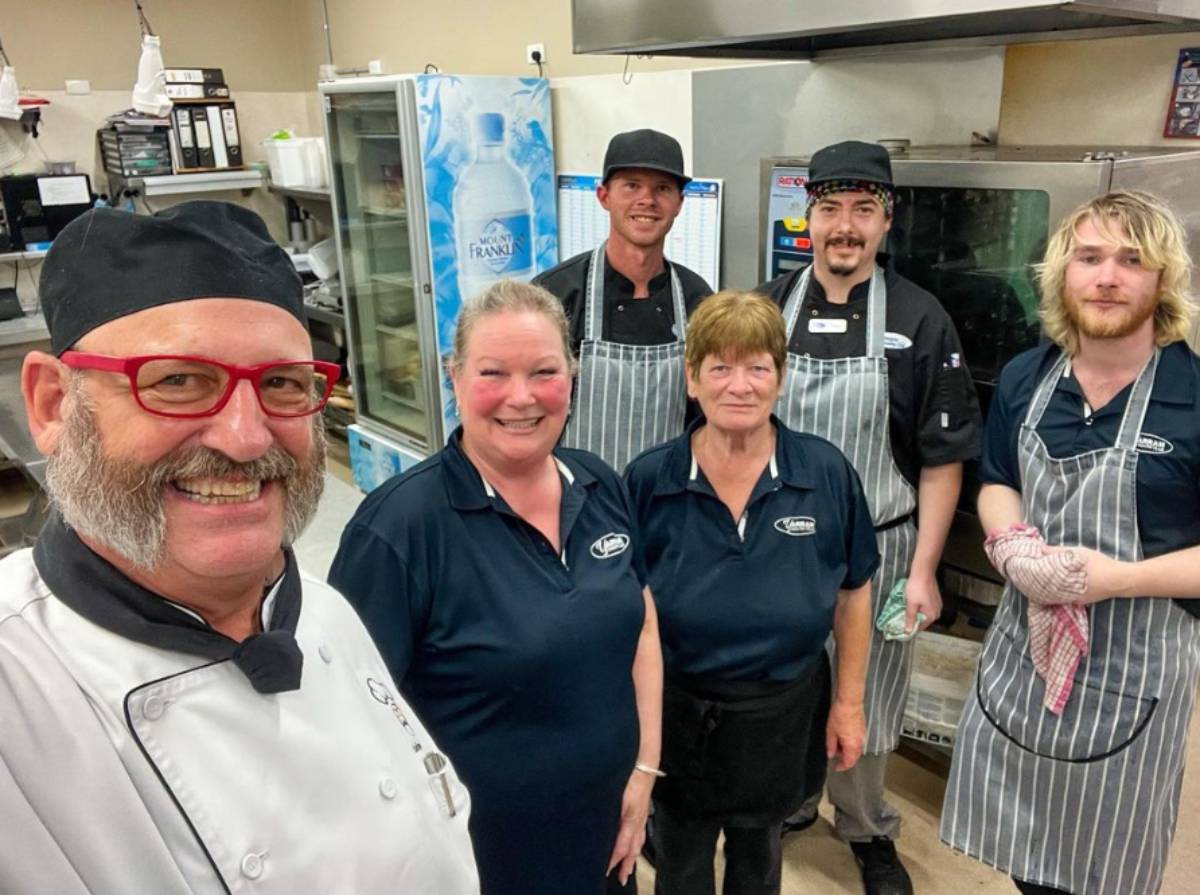Since my last article, I have had the privilege to work with many clubs on fine-tuning their catering operations. Travelling between Queensland, NSW and Victoria through both city and regional areas, I see a variety of operations.
Adding to that I also attended a number of club conferences speaking on issues that exist and providing solutions. It gave me an opportunity to meet many club CEOs and managers. Through conversations, they identified some of the challenges and pinch points in their operations.
Key concerns are:
Food delivery inhibitors
- The kitchen is struggling to get the food out efficiently
- The menu appears to be too big with 25% making up 80% of sales
- Too many managers and directors telling chefs what to put on the menu
- Chefs are always behind in the prep and wages are growing
- Quality is being compromised for price
- COGs are rising faster than menu prices.
Kitchen layout isn’t working
- A new kitchen can’t produce the menu in a timely manner
- The chef doesn’t like the brand of equipment purchased
- The equipment keeps breaking down
- The kitchen requires too many chefs to operate
- They don’t know what isn’t working as the chef doesn’t communicate.
A lack of skilled staff
- The head chef can’t run the kitchen
- Staff don’t stay very long
- The chef is too busy to do paperwork
- We don’t have time to train due to being short-staffed.
Food safety
- No operating Food Safety plan
- If there is one, they are not sure it is being adhered to
- They see food left at room temperature for long periods of time
- Cleaning appears to be haphazard
- Staff are unsure of allergens at a time when they play such a big part.
The key is to identify each area of concern and adopt a strategy to put the correct controls in place.
Know that 25 per cent of the menu will make up 80 per cent of sales, keep the rest for interesting dishes that rotate. Workshop a menu, don’t instruct the kitchen to put items on, they must meet criteria from suitability to profitability. Test them on specials first (often said and not done).
Nut out why food won’t flow efficiently, some fryers, although cheap, can’t recover fast enough to stay ahead. Good ovens cook quicker and more evenly, take the correct advice re what is required. Double-check the current layout and the direction each dish takes, is it the shortest?
Send your head chef to a training course for head chefs, many don’t know how to lead and train. Training starts at the top! Skill shortage is an opportunity to invest in strong training programs.
Install and activate digital systems to assist the chef across Food Safety, Temperature Monitoring, Cost Control and Stock Take. Processes must be set up to work when the chef leaves, learn to verify all engaged systems used.
Consider seeking the professional advice of an expert.
Paul Rifkin
chefpaulrifkin consulting
Head Chef Mentoring and Fine Tuning Specialist for Club Catering

